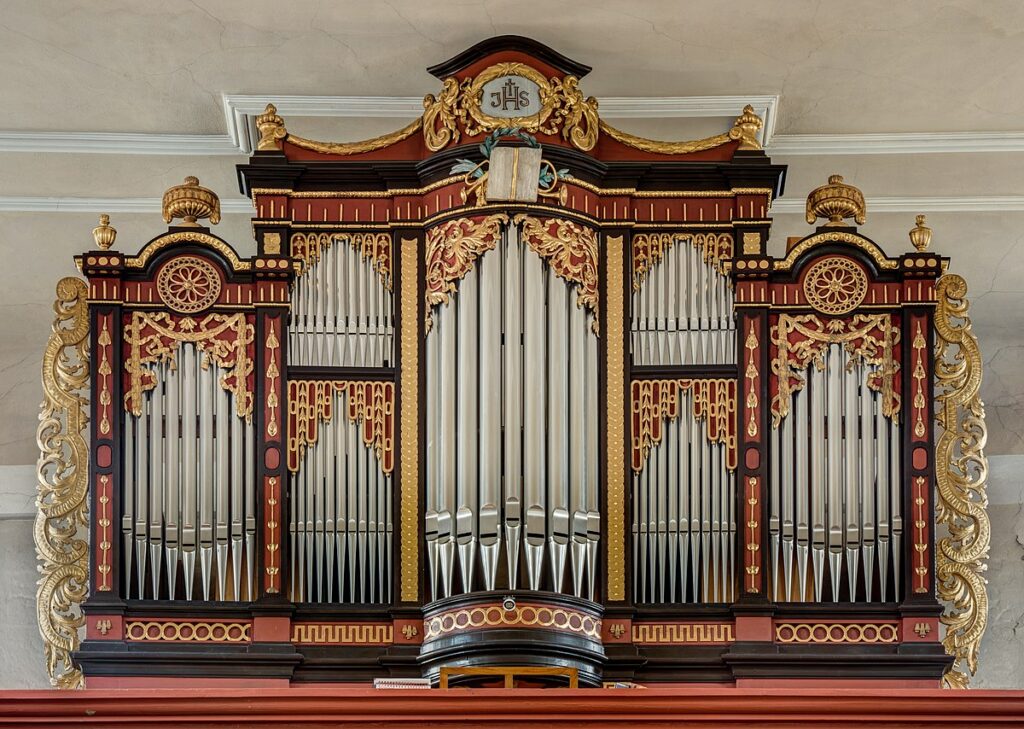
The pipe organ is a fascinating musical instrument with a rich history that spans centuries. Its complex design and powerful sound make it a unique and enduring presence in the world of music.
Origins and Early Development
The pipe organ’s origins can be traced back to ancient Greece in the 3rd century BCE. The earliest known organ was called the hydraulis, invented by Ctesibius of Alexandria. This instrument used water pressure to push air through pipes, creating sound. Although it was a rudimentary version, the hydraulis laid the groundwork for future organ development.
Evolution Through the Middle Ages
During the Middle Ages, the pipe organ underwent significant advancements. By the 9th century, the instrument had been adapted for use in Christian liturgical settings. The introduction of bellows replaced the water system, allowing for more consistent air pressure and greater control over volume and tone. This period also saw the development of larger organs with multiple ranks of pipes, each producing different sounds.
The Renaissance and Baroque Eras
The Renaissance and Baroque periods were golden ages for the pipe organ. During these times, the instrument reached new heights in terms of complexity and musical capability. Organ builders experimented with various pipe materials, shapes, and sizes to expand the instrument’s tonal range. Composers such as Johann Sebastian Bach and Dieterich Buxtehude wrote elaborate compositions specifically for the organ, showcasing its versatility and grandeur.
The Romantic Era and Beyond
In the 19th century, the pipe organ continued to evolve with the rise of Romanticism in music. Organs became even larger and more dynamic, often incorporating new technologies like electric blowers and pneumatic or electric key actions. This era saw the organ move beyond religious settings, finding a place in concert halls and public spaces.
The Modern Pipe Organ
Today, the pipe organ remains a beloved instrument, celebrated for its majestic sound and intricate construction. Modern organs often blend traditional craftsmanship with contemporary innovations, such as digital controls and advanced materials, to create instruments capable of producing a vast array of sounds.
Significance and Legacy
The pipe organ is more than just a musical instrument; it is a symbol of human ingenuity and artistic expression. Its ability to fill vast spaces with rich, resonant tones has made it a central feature of churches, cathedrals, and concert halls worldwide. The organ’s story is one of constant innovation, adaptation, and inspiration, continuing to captivate audiences and musicians alike.nd become central to these genres.


Download, listen, create with the available samples: